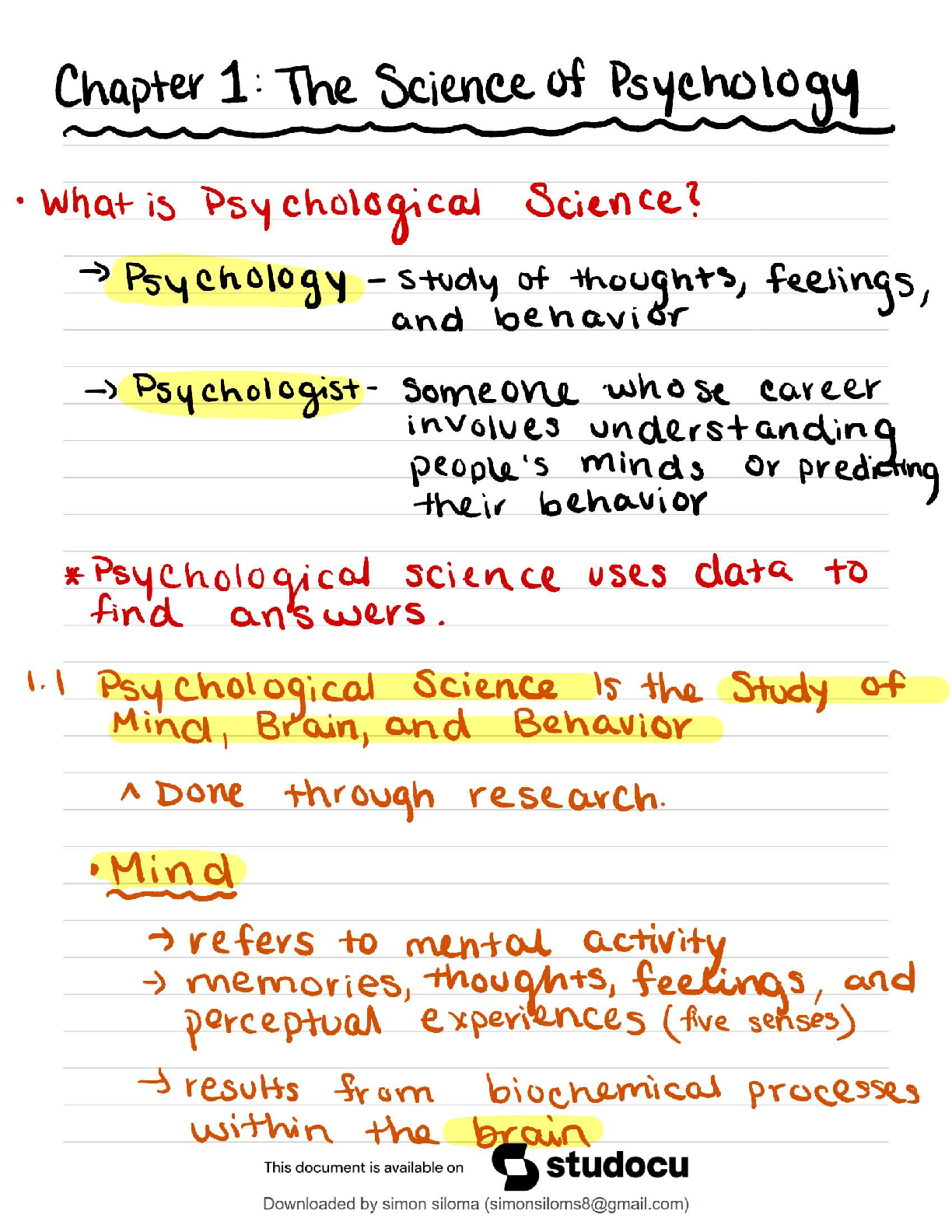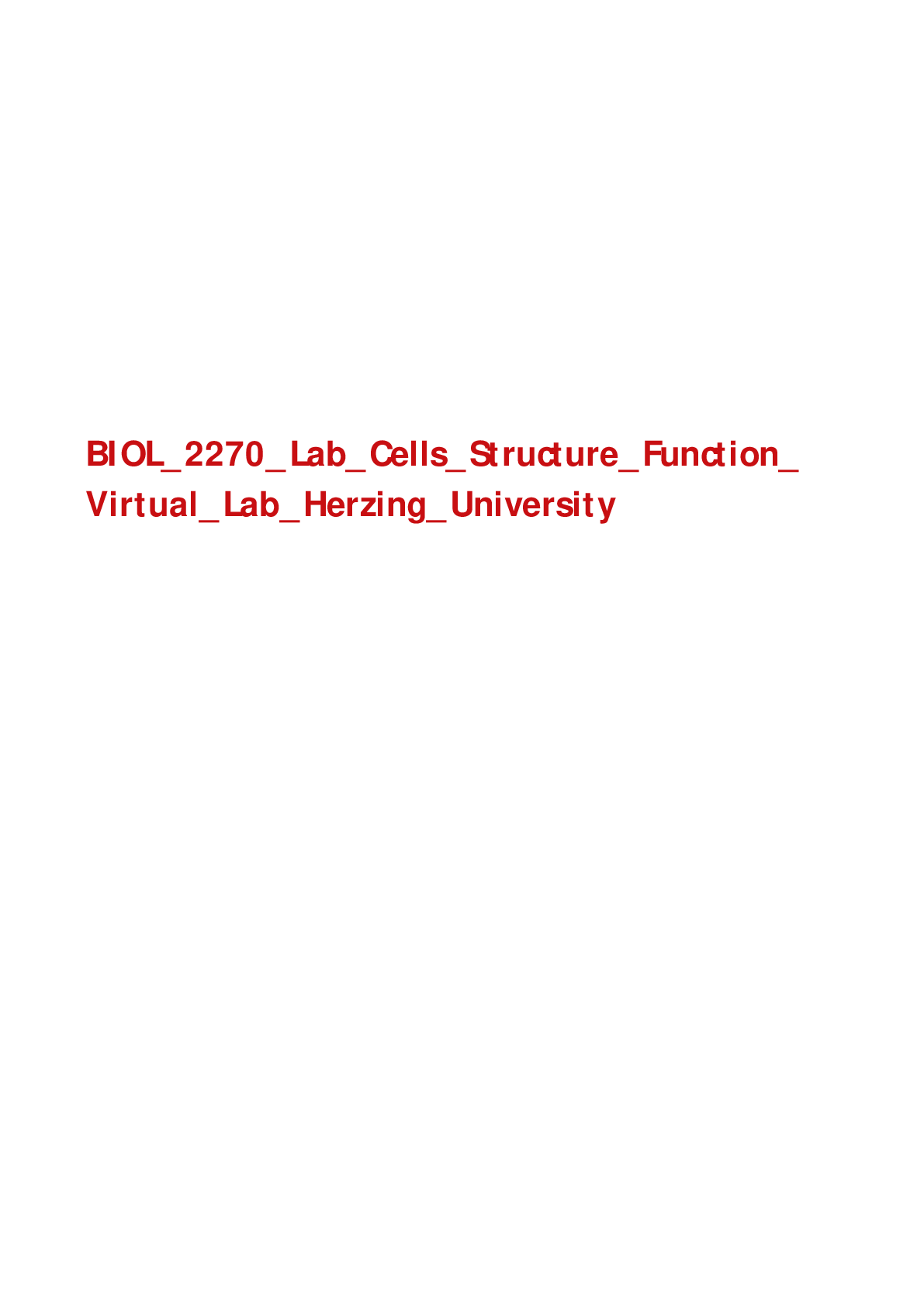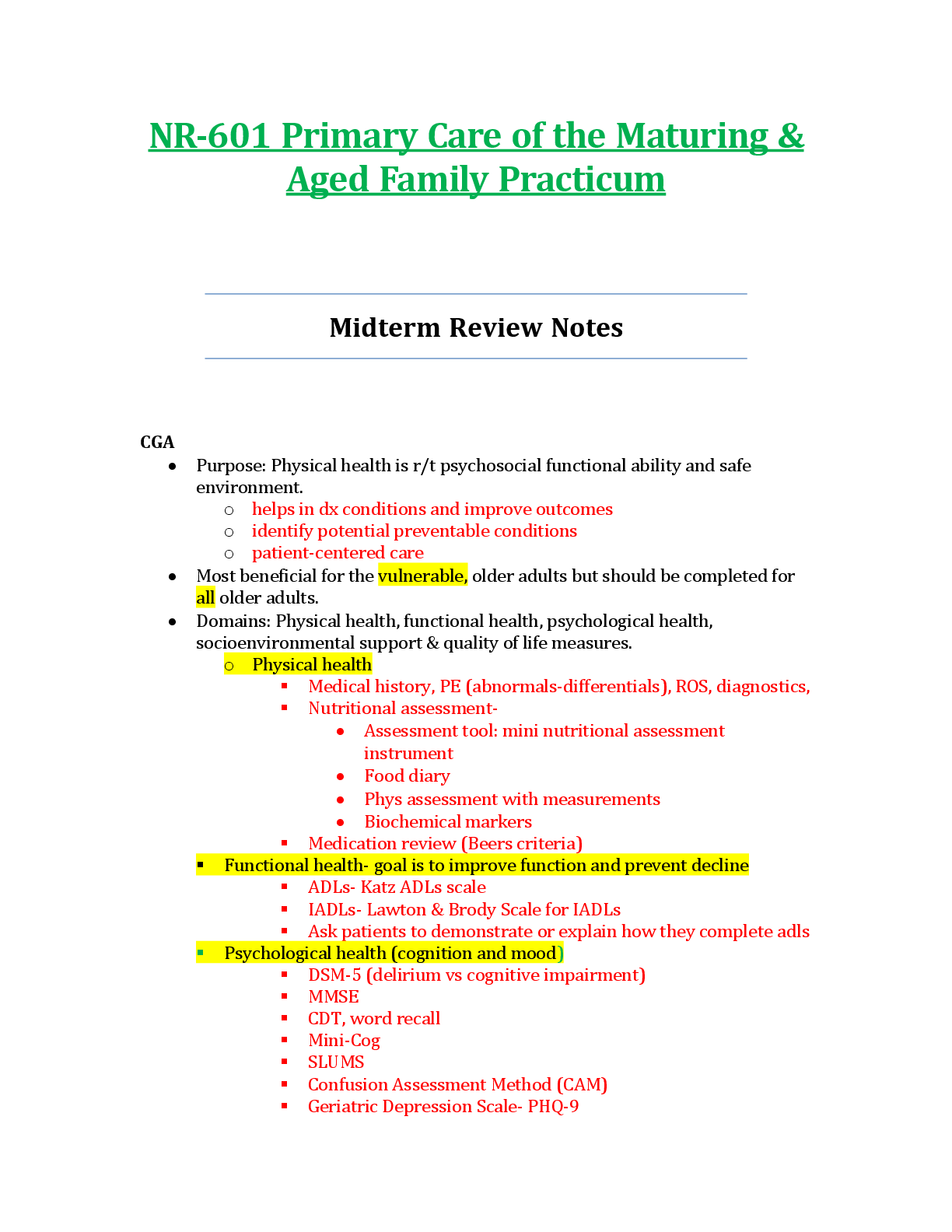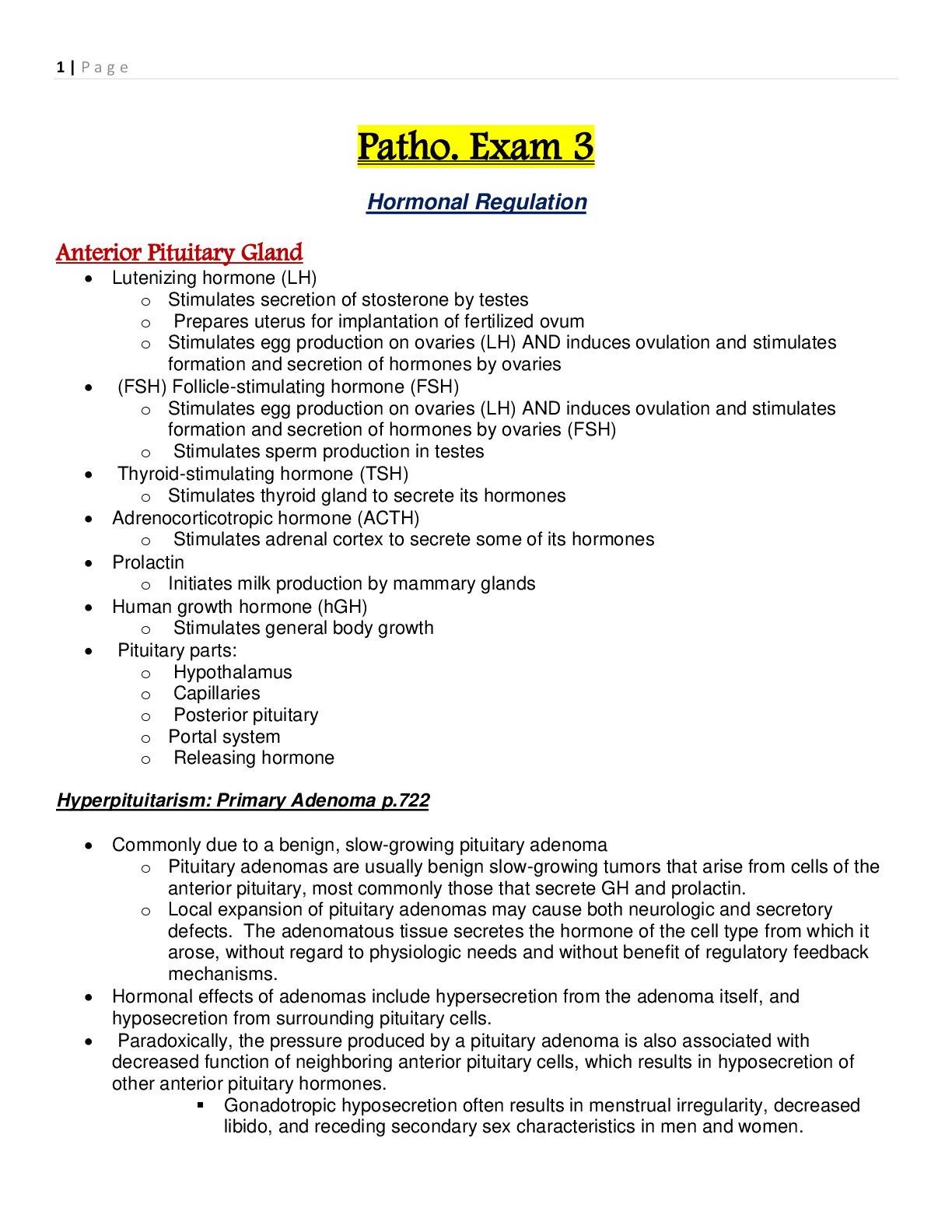
Pearson Edexcel_GCSE (9–1) Combined Science_1SC0/1PH Question Paper 2020 | Paper 3
$ 6.5

TEST ANSWER complete solution questions and answers
$ 8.5

(Complete 140 Q&A) Med-Surg II HESI Test Bank 2022/2023, All Answers Verified Correct.
$ 8.5

Chapter 01: Professional Nursing Practice Lewis: Medical-Surgical Nursing, 10th Edition ALL AANSWERS 100% CORRECT SPRING FALL-2022 SOLUTION GUARANTEED GRADE A+
$ 10.5

Introduction to Operations and Supply Chain Management 4th Edition By Cecil Bozarth, Robert B. Handfield (Solution Manual)
$ 20

Pearson Edexcel Level 3 GCE, Biology A (Salters Nuffield) Advanced PAPER 3: General and Practical Applications in Biology. question booklet mark scheme results November 2021
$ 11
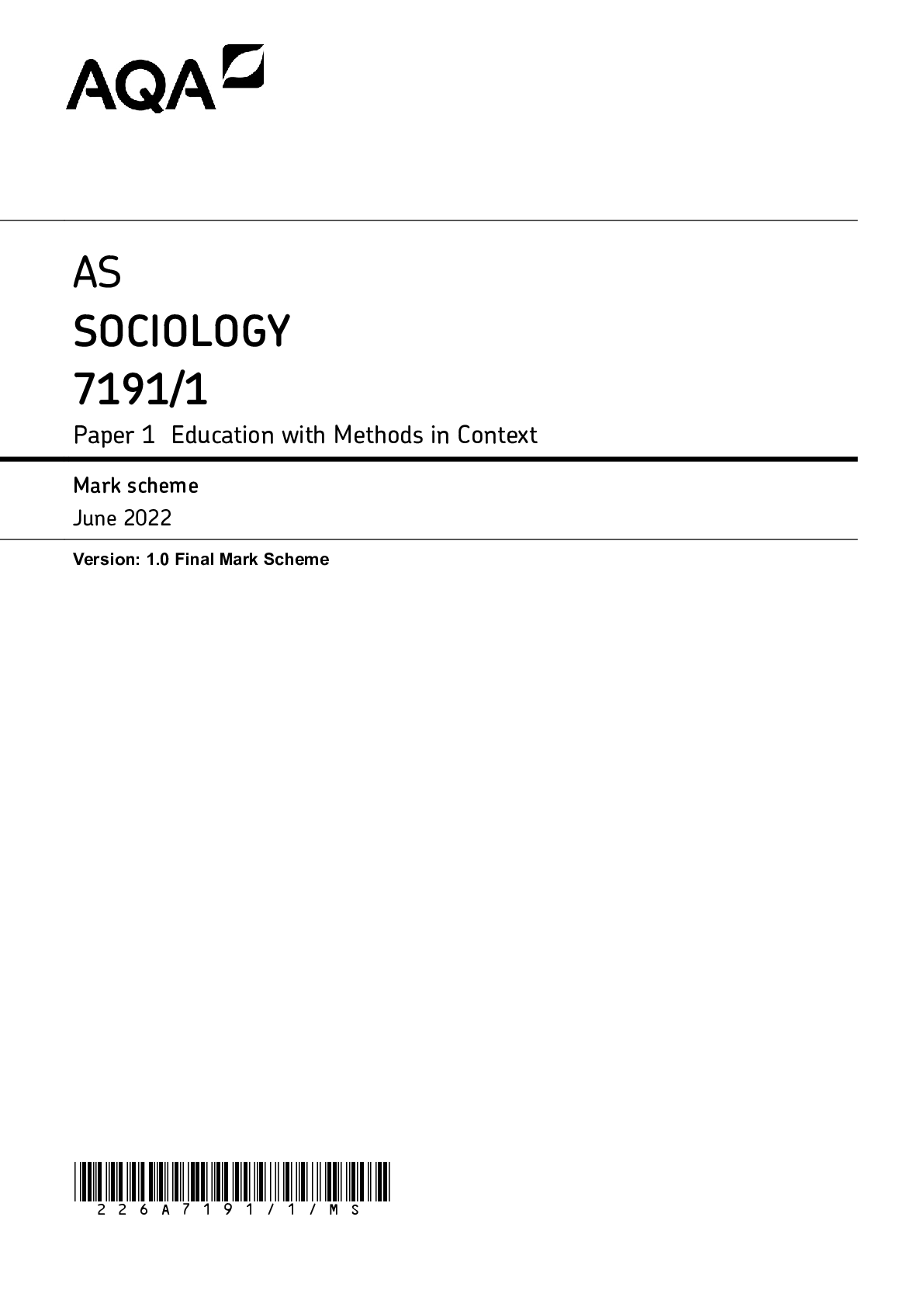
AQA 2022/ AS SOCIOLOGY 7191/1 Paper 1 Education with Methods in Context Mark scheme June 2022 Version: 1.0 Final Mark Scheme MARK SCHEME – AS SOCIOLOGY – 7191/1 – JUNE 2022 2
$ 8

2022-2023 ASVAB Arithmetic Reasoning and Mathematics
$ 5

eBook Agricultural Informatics Automation Using the IoT and Machine Learning 1st Edition By Amitava Choudhury, Arindam Biswas, Manish Prateek, Amlan Chakrabarti
$ 30

Gizmo Weathering Student Exploration Work
$ 11.5

Pearson Edexcel_GCSE(9-1) Combined Science_1SC0/1BH Mark Scheme 2020 | Paper 1
$ 6.5

A Level Further Mathematics A Y544/01 Discrete Mathematics Mark Scheme - Autumn 2021
$ 5.5

POLI-330N Week 3 Assignment: Analyzing Body Language (GRADED)
$ 12

MIS (Management Information Systems) 10th Edition By Hossein Bidgoli | [eBook] [PDF]
$ 19.5
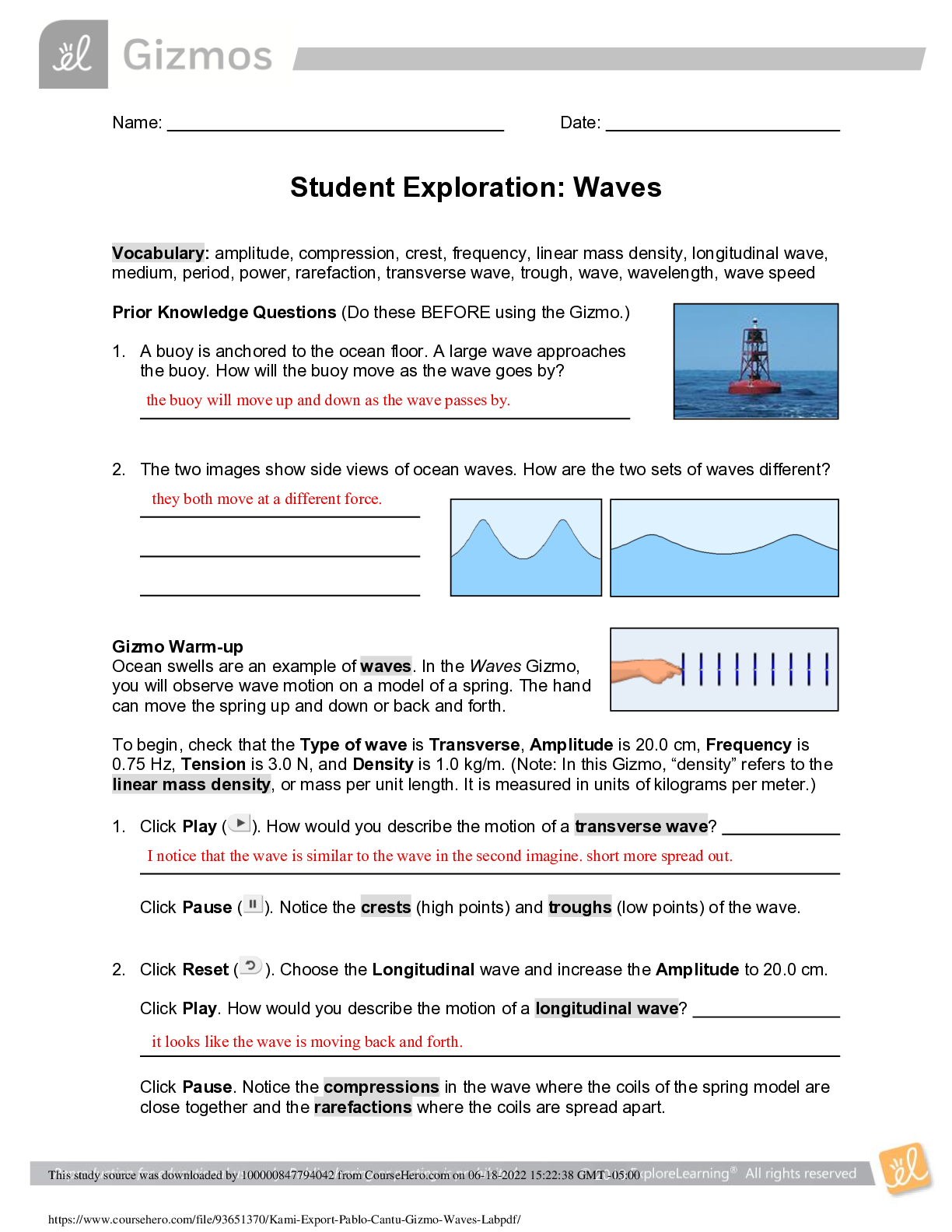
Kami__Pablo_Cantu__Gizmo waves_2022__Examinable
$ 7
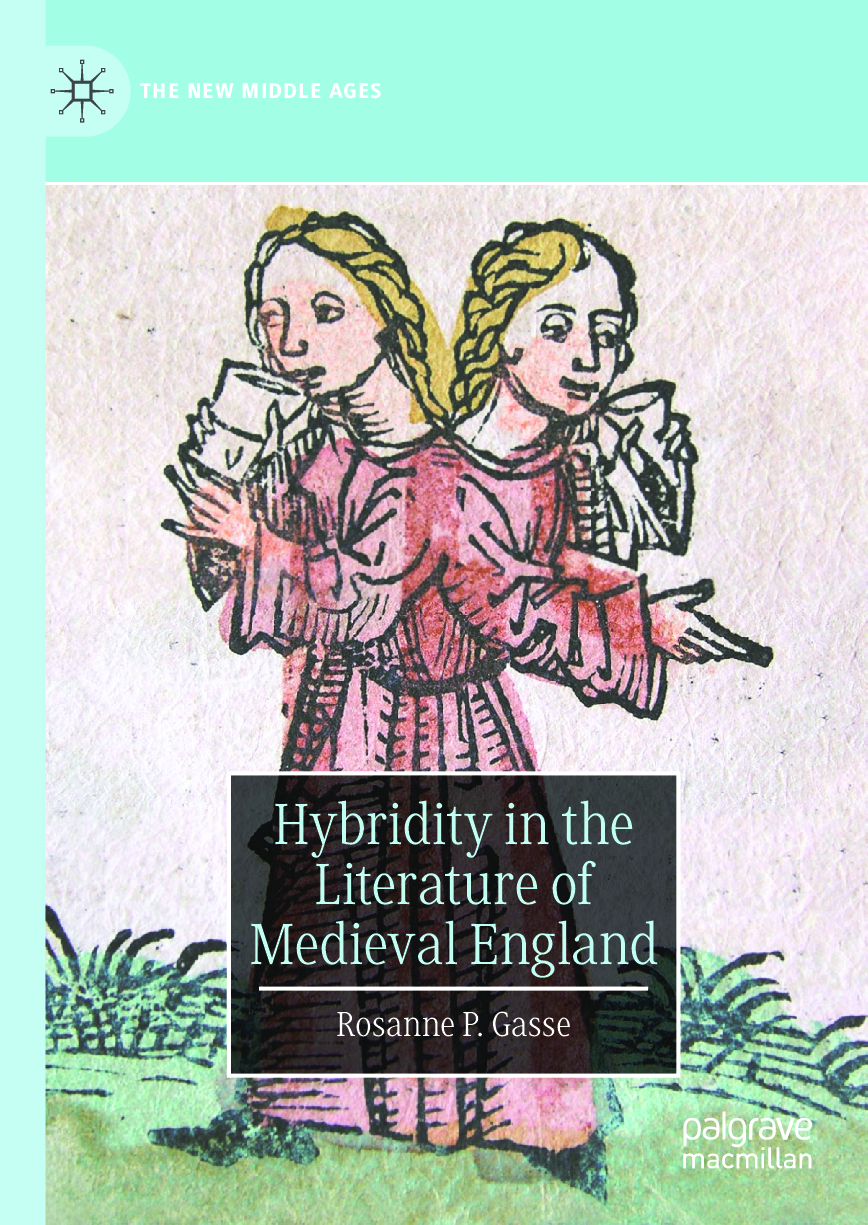
eBook [PDF] Hybridity in the Literature of Medieval England 1st Edition By Rosanne P. Gasse
$ 29

ATI exam 2021 TRIAL QUESTIONS AND ANSWERS ALL CORRECTLY SOLVED QUESTIONS AND ANSWERS
$ 14.5

NEW 2022 CPN EXAM - PRACTICE QUESTIONS AND ANSWERS GET AN A FROM THIS SOLUTION
$ 8

CS 1104 Computer Systems- Graded Unit 6 Quiz With Answers
$ 9
 (1).png)
Pearson Edexcel Level 3 GCE Biology A (Salters Nuffield) Advanced Subsidiary PAPER 1: Lifestyle, Transport, Genes and Health/.TOP SCORE
$ 11.5

ATI Community Health Predictor Exam Form A | Questions and Answers | Latest 2020 / 2021
$ 11.5

SFL 334 FINAL EXAM 2022 QUESTIONS AND ANSWERS
$ 10
.png)
PMHNP I - Exam 1 - Review Book Questions and Answers with Verified Solutions
$ 12

COM 421 FINAL EXAM - QUESTIONS & ANSWERS
$ 15
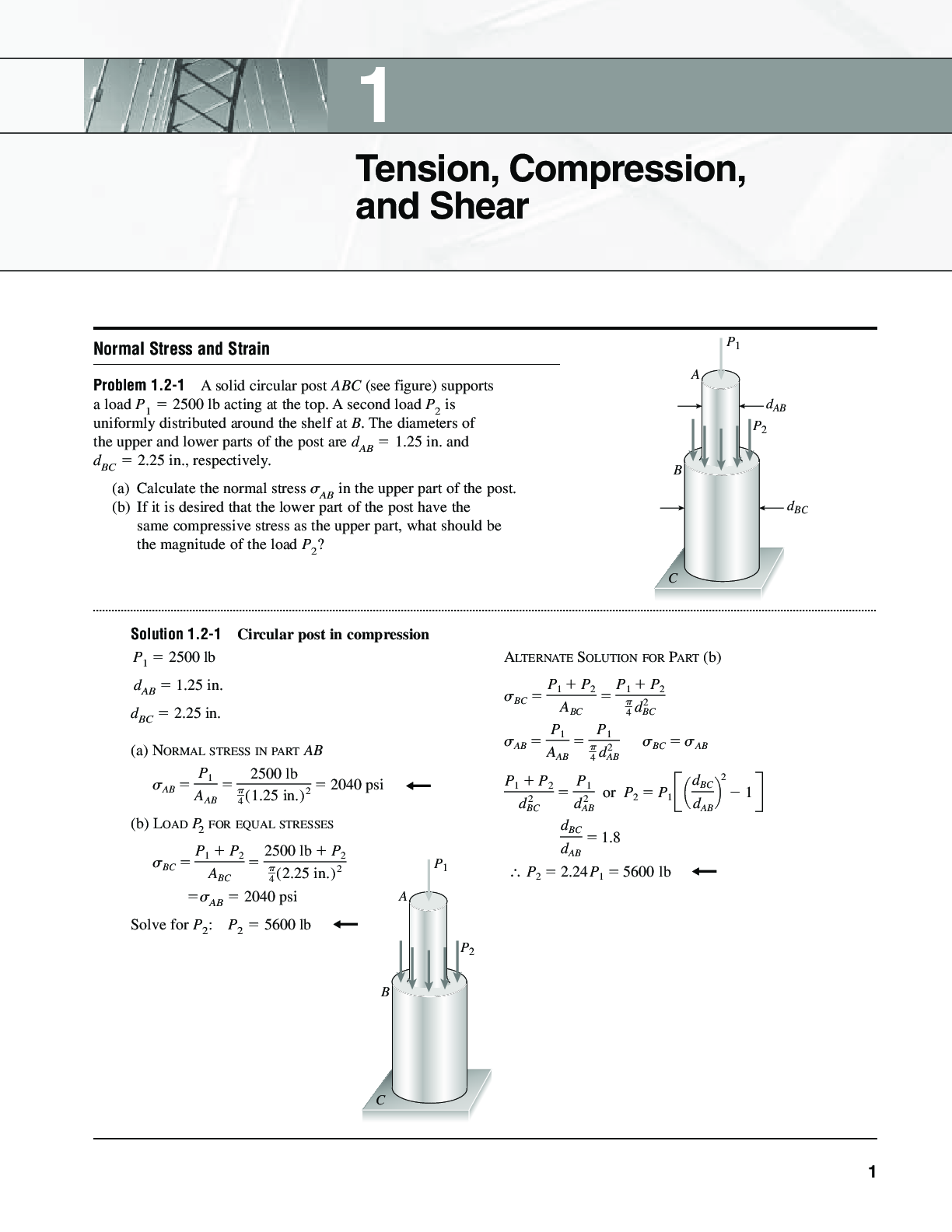
AXIALLY LOADED MEMBERS_MECHANICS OF MATERIAL_Tension, Compression, and Shear.
$ 7

Project Management Milestones Payton +1 Exam | Q & A
$ 12

eBook for New Perspectives on HTML and CSS: Comprehensive, 6th Edition By Patrick M. Carey
$ 20

eBook Forensic Chemistry of Substance Misuse A Guide to Drug Control 2nd Edition By Leslie A King
$ 29
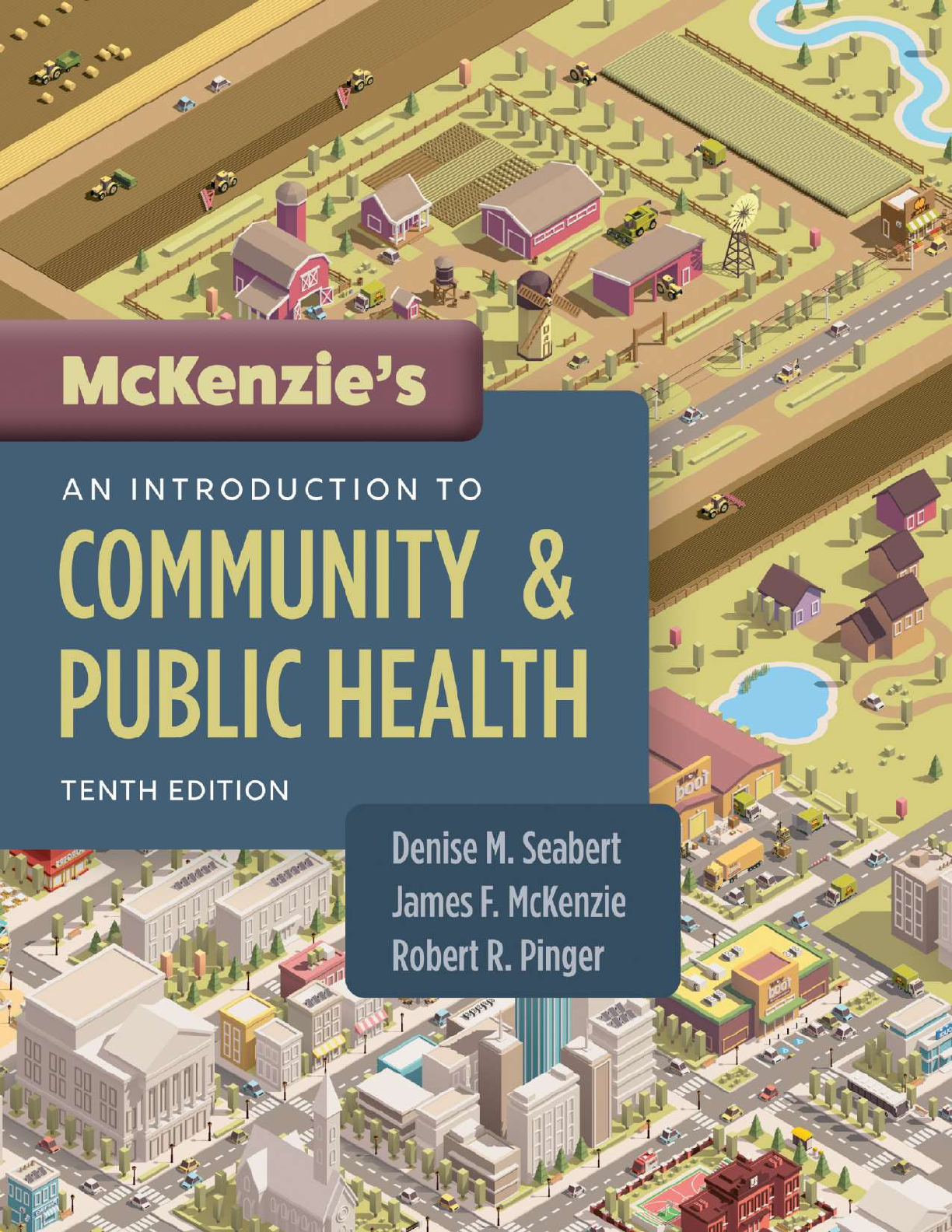
eBook [PDF] McKenzie's An Introduction to Community & Public Health 10th Edition By Denise Seabert, James McKenzie, Robert Pinger
$ 30

Pearson Edexcel International GCSE_Mathematics A_4MA1/2FR Question Paper Jan 2022 | PAPER 2FR
$ 7.5

Edexcel a level english literature question p aper 2 june 2023 + mark scheme
$ 10

[eBook] [PDF] Teaching Student-Centered Mathematics Developmentally Appropriate Instruction for Grades 3-5 (Volume 2) 3rd Edition By John de Walle, Karen Karp, LouAnn Lovin, Jennifer Bay-Williams
$ 29
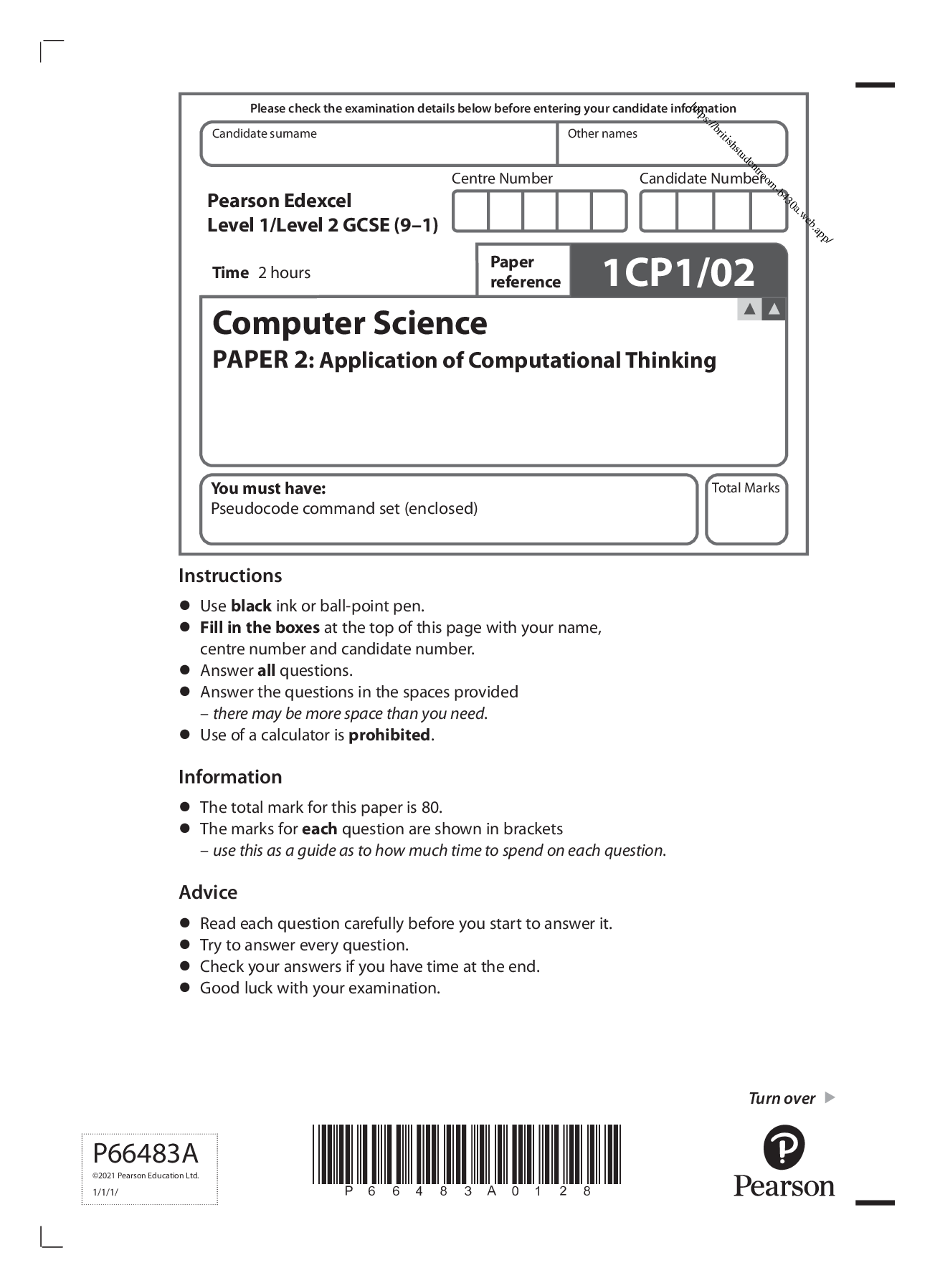
Pearson Edexcel Level 1/Level 2 GCSE (9–1) 1CP1/02 Systems, Programing & Algorithms PAPER 2: Application of Computational Thinking. QUESTION PAPER November 2021.
$ 7

FISDAP Medical Questions with Answers[2022 ]graded A+)
$ 12.5
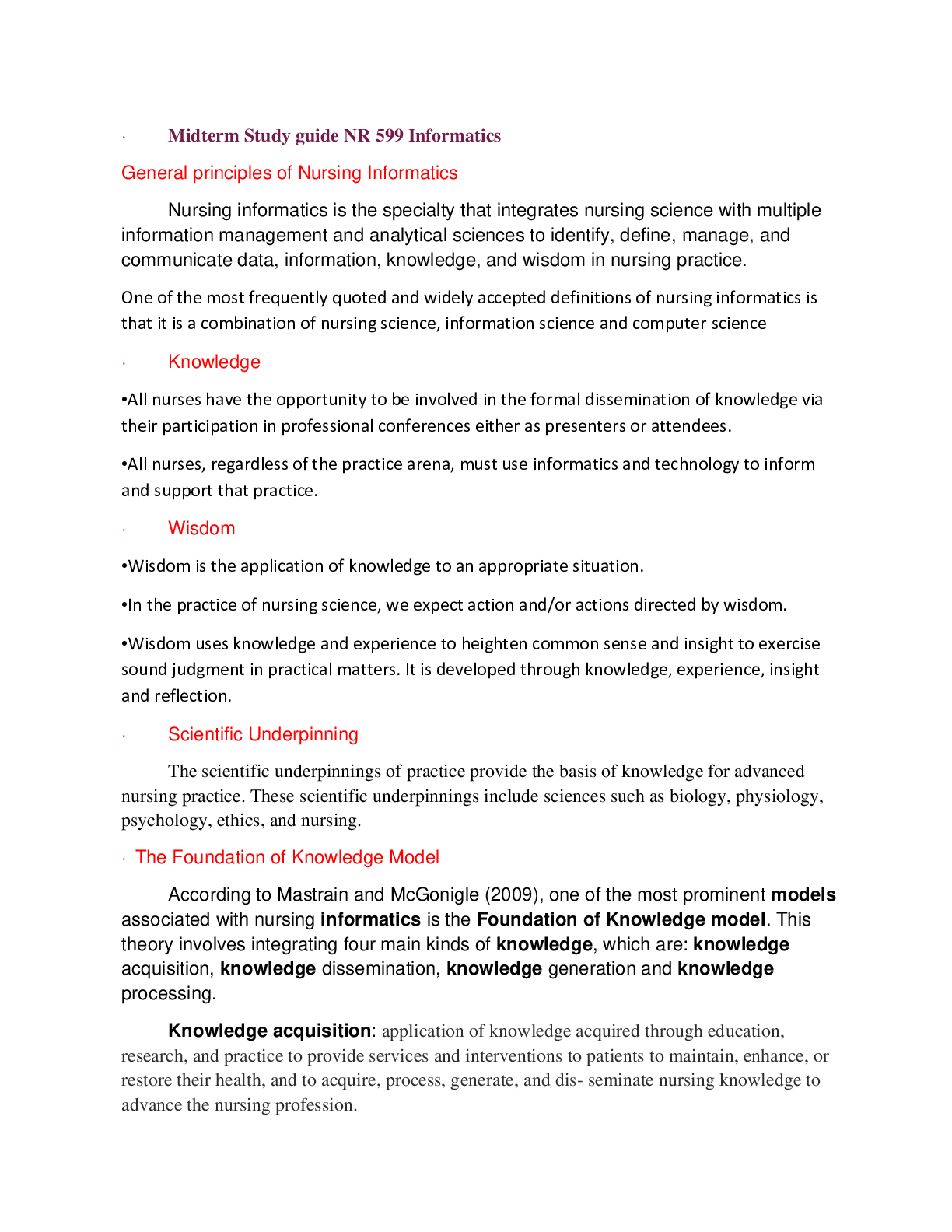
NR 599 Week 4 Midterm Study Guide
$ 17

CIS 321 Week 2 Quiz (GRADED A) Question and Answer Solutions | 100% CORRECT.
$ 11

Chapter 42: Cardiovascular Dysfunction questions with correct answers to boost your grades
$ 13
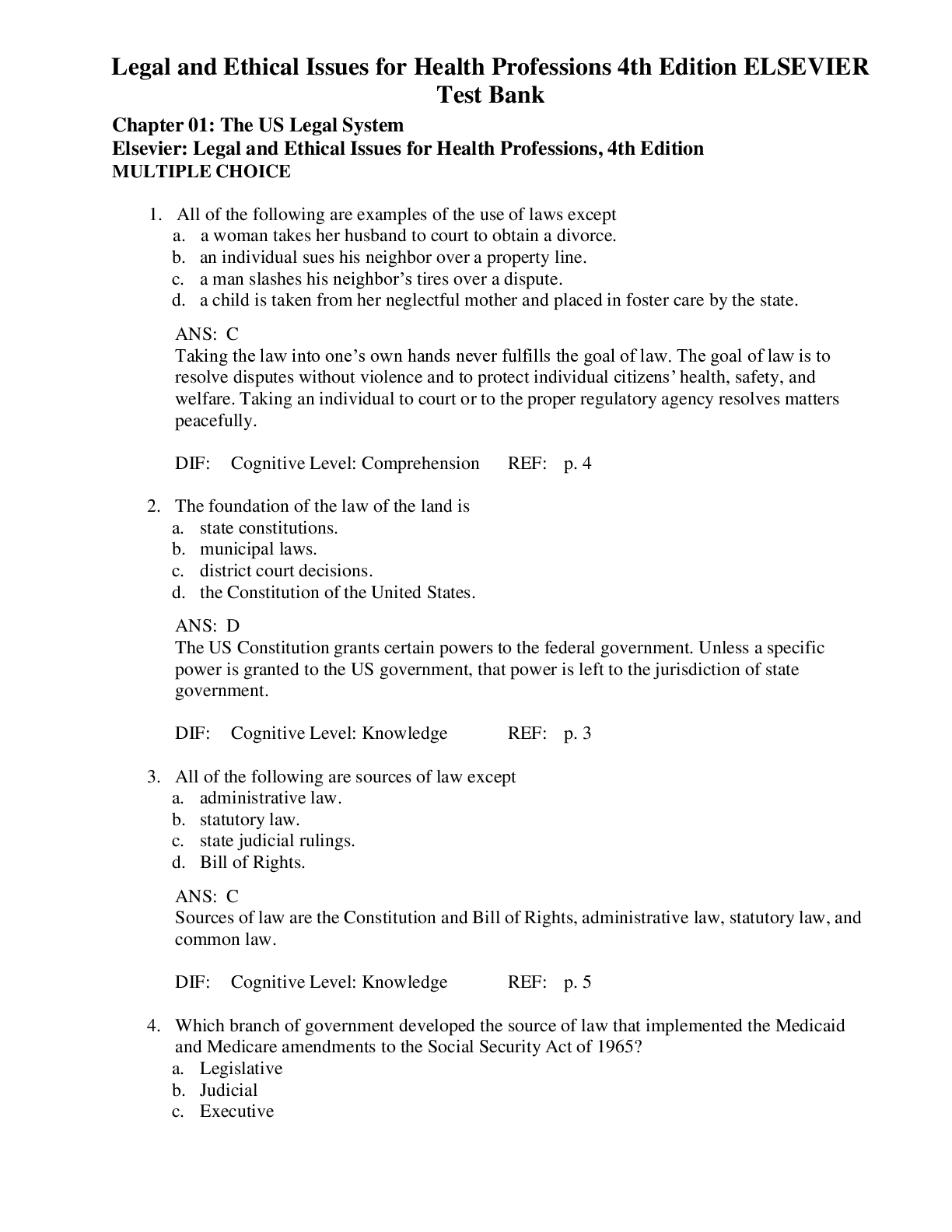
Legal and Ethical Issues for Health Professions 4th Edition by Elsevier Inc | TEST BANK
$ 19

ATI questions PEDs exam 2. Commonly tested questions with Accurate answers
$ 9
.png)
EDEXCEL LEVEL 3 GCSE - MATHS ADVANCED PAPER 2 PURE OCT 2021
$ 10.5

GCP Professional Data Engineer Questions and Answers Rated A
$ 12.5

ABNORMAL CHILD PSYCHOLOGY TEST BANK 7TH EDITION MASH CHAPTER 1 – 14 UPDATED GUIDE GUARANTEED PASS | RATED A+
$ 23

AIRWAY FISDAP Fall 2021 Exam. 75 Q&A
$ 9

Solutions Manual for Horngren's Accounting The Managerial Chapters, 13th Edition, By Tracie Miller-Nobles, Brenda Mattison
$ 30

012 OAE Practice Test | Contains 106 Questions and Answers
$ 9

POAT – Principles of Assessment and Testing Midterm Study Guide 2025/2026 | Course Code: EDU-POAT01 | Liberty University
$ 12
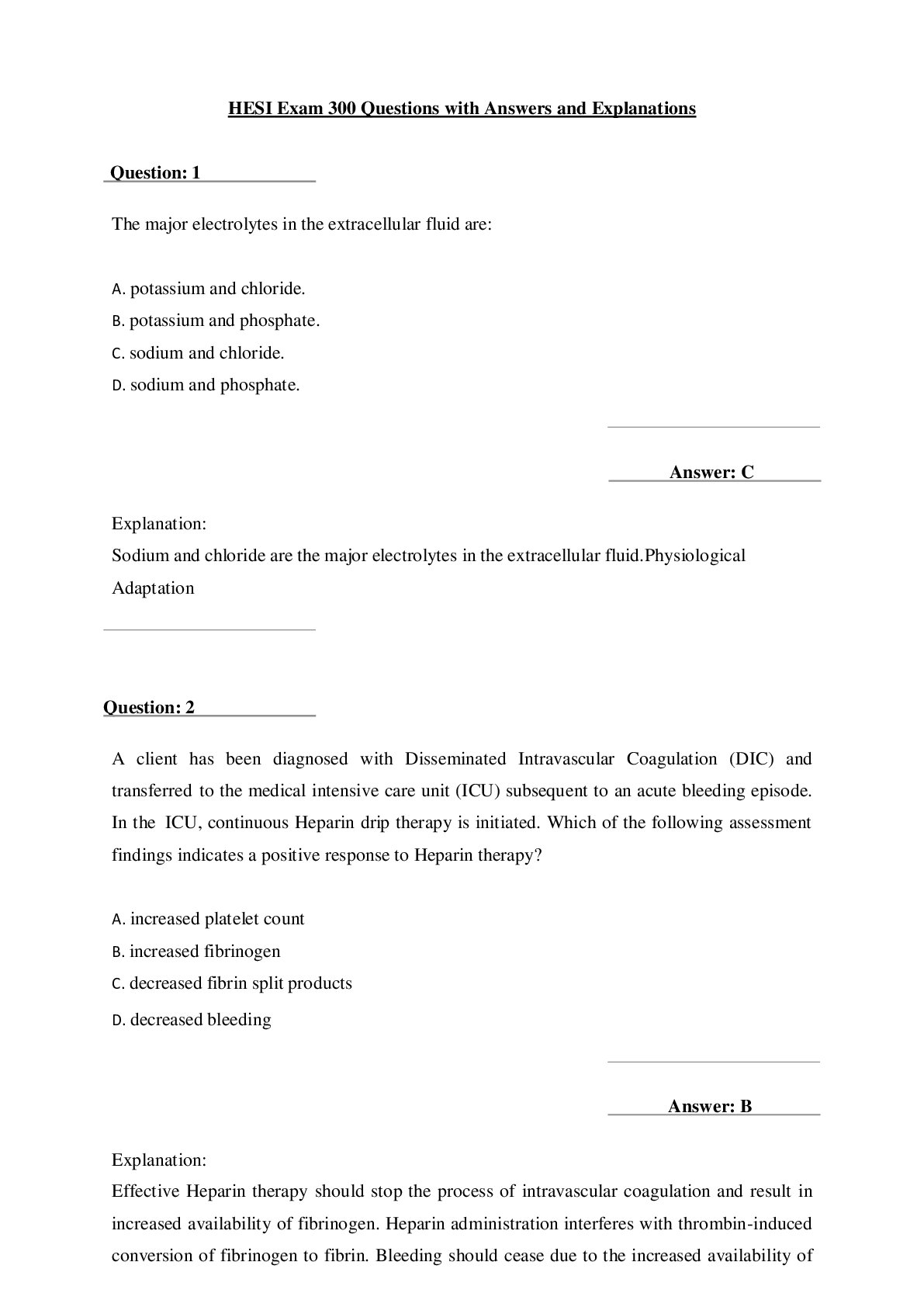
HESI Exam 300 Questions with Answers and Explanations 100% CORRECT
$ 18

MGMT 404 Course Project: Getta Byte Software Project - Part 2 | Devry University 2020/2021









